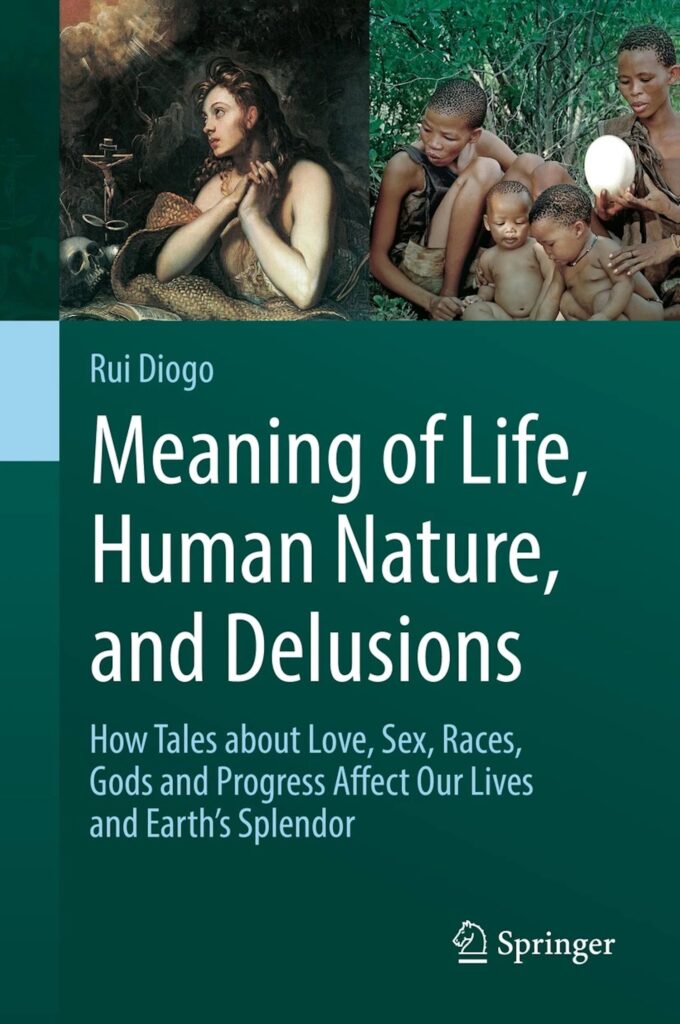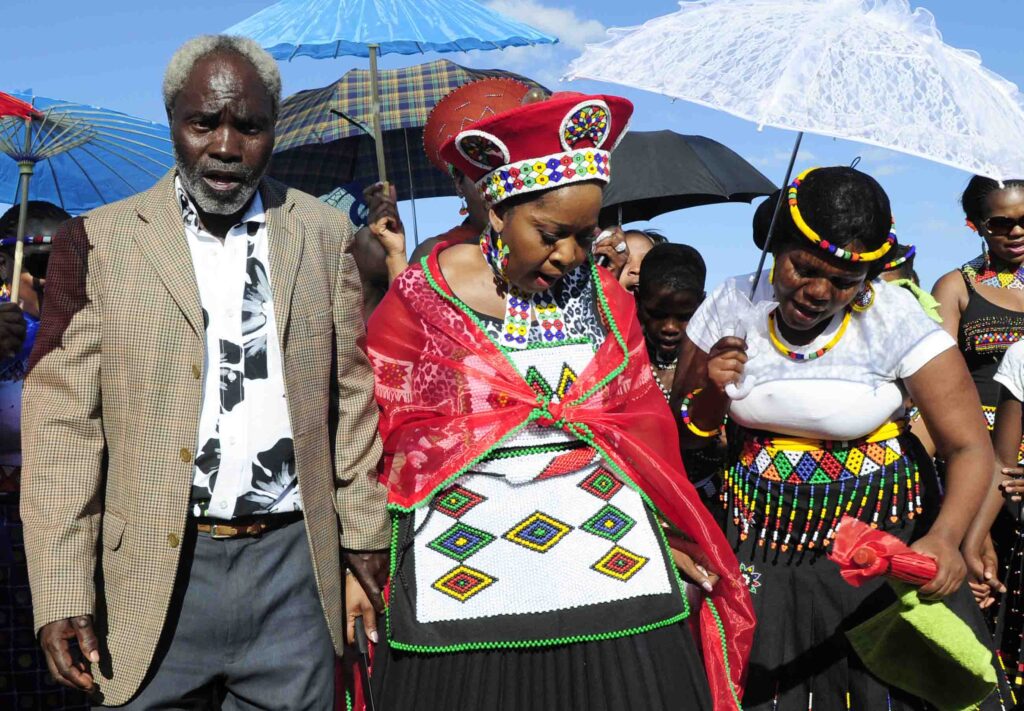
By
It may be 2024, but one controversial term from the 1980s is coming back from the grave.
Lesbian Bed Death is, simply put, the idea that lesbian couples have less sex.
It’s a sweeping generalisation of the gay community, but why has it gained traction?
‘Research by Blumstein & Schwartz in 1983 showed 47% of women in long term lesbian relationships (two plus years) reported having sex zero to one times per month. There was a sharp decline after two years,’ Miranda Christophers, psychosexual and relationship therapist for menopause platform Issviva tells Metro.co.uk.
Further studies including a literature review by Peplau & Fingerhut in 2007 found that lesbian couples have sex less frequently, on average, than other couple configurations.
Miranda also points to a recent 2021 study, by Chapman University in California, which found women in five-year relationships or longer have less frequent sex than their heterosexual counterparts.
About 43% of the coupled lesbian participants had sex zero to one times per month, while the findings for the heterosexual women was 16%, implying more straight women had more frequent sex.

While we certainly aren’t going to buy into the idea that all lesbian women have, and are content with, sexless relationships, Miranda explains why sex could die out.
‘Lesbian couples, but broadly speaking, anyone of any sexual orientation, do see a change in the frequency of sex over long term relationships,’ she adds.
‘Earlier on there is more sexual drive and exploration, regardless of gender identity – especially when you live together and experience that domesticity and familiarity.’
But why is this the case for lesbian women specifically?
Miranda says that hormonal changes can really impact the frequency with which women choose to have sex.
‘The hormonal fluctuations may play a big part, people have periods where they might feel more desire than others,’ she explains.
‘Studies have shown that responsive desire occurs more commonly in females than spontaneous desire, which is definitely something I see in my clinical work.
‘If you’ve got two people together who experience more responsive desire, they might be less inclined to have sex because they aren’t wanting to initiate.’

Emily Nagoski, in her book Come As You Are, estimates that around 75% of men and 15% of women experience spontaneous sexual desire, which is exactly what it suggests.
Meanwhile, 5% of men and 30% of women experience responsive desire, which is when arousal only happens after stimulation.
How to navigate responsive arousal:
Sex therapist Laura’s top tips for dealing with responsive arousal (and recognising when you actually want to have sex) are as follows:
- Understand that there’s nothing wrong with you and that you’re normal.
- Try different things to spark your sex drive. You have no desire for sex until you are in the process of receiving some physical stimulation so you need to find out what works for you.
- Understand how you get turned on. The point is to find out if you notice any sign of sexual arousal in response to stimulation and when exactly it happens.
- Practice orgasm breathing. It can really help to relax, increase sensitivity, and switch off the brain. This practice helps bring arousal and orgasm closer.
- Work on external factors – if a person is not aroused by erotic thoughts or fantasies, some other factors can do their part – preparing an intimate setting or practicing with various erogenous zones, toys.
Everybody’s libido is different, so enjoy getting to know yourself without the pressure, and have fun doing it!
The other thing women experience which can wreak havoc on their hormones, and subsequently affect their sex drive, is the menopause.
‘The menopause affecting sex drive is definitely a thing. When women hit perimenopause they can notice changes in their sexual desire. It’s a really, really common presentation in the women I see,’ Miranda explains.
Some menopause symptoms that could impact your sex life are breast tenderness, low mood, worsening PMS, vaginal dryness and changes in discharge, thrush, BV, low libido, urinary infections, sexual dysfunction, fatigue, increased period frequency and insomnia – to name a few.
‘How women are feeling in themselves changes… body image changes,’ Miranda adds. ‘They may experience sexual discomfort, or they may be less sexual, there may be less sensitivity.
‘There may also be less lubrication or increased dryness and the vaginal tissue might thin and become more painful.
‘These sorts of things are obviously going to have an effect on [your sex life] because if sex isn’t feeling as enjoyable, or is feeling painful, then you are less inclined to want to do it.’
When you have two women experiencing these changes (assuming couples are of a similar age) this could in theory lead to lesbian women having less sex, Miranda explains, although there are plenty of women who still have sex despite the menopause and with HRT, hormones can be balanced for some women.

Why we should reject the Lesbian Bed Death
This ‘drop off’ of sexual intimacy certainly won’t be the case for all lesbian couples though. It’s also important to remember that our sex lives sit on a spectrum, according to Miranda.
Largely, Lesbian Bed Death should be a term taken with a pinch of salt – after all, to reduce lesbian women in long term relationships to cohabiters is plain wrong.
In fact, a study has shown that while lesbian women were found to have less frequent sex, the sex they did have was ‘more prolonged, intense, and orgasmic’, than those in heterosexual relationships.
The Chapman University study also found women in same-sex relationships were found to be more likely to experience orgasm at 85%, versus 66% in heterosexual relationships.
Lesbian women also had sex that lasted more than 30 minutes (72%), versus 48% for heterosexual women.
What areas did lesbian couples have more frequent sex in?
- Oral sex: lesbian (53%), heterosexual (41%)
- Deep kissing: lesbian (80%), heterosexual (71%)
- Stimulation by hand: lesbian (90%), heterosexual (83%)
- Use of sex toys in partnered sex: lesbian (62%), heterosexual (40%)
- Discussed erotic fantasies: lesbian (44%), heterosexual (36%)
Percentages were higher for lesbians when it came to mood setting activities including using music, candles, saying ‘I love you’, scheduling time for sex and arranging romantic breaks.
Miranda also says that the implications of a death bed are pretty dire, when actually some lesbian couple’s sex lives may not suffer at all.
‘This concept of lesbian bed death, is it’s almost this idea sex is going to drop off completely,’ she explains. ‘It sounds like it’s going to meet an abrupt ending at some point, doesn’t it? I think that’s a complete misconception.’
She adds: ‘It’s a bit scare mongering. For some couples, if neither party is bothered, then less or no sex is not an issue – it’s an issue when one wants to have sex and the and the other doesn’t.
‘That’s also regardless of whether it’s a same sex couple or an opposite sex couple.’
While Miranda does see plenty of women struggling with a lack of desire, a lack of sex or intimacy but that’s because she only sees people who are struggling with their relationships in her line of work.
There are countless lesbian couples who aren’t experiencing Lesbian Bed Death and are have sex as and when they want.
‘I see both same sex and opposite relationships who are experiencing desire discrepancy so my observations are that desire, interest, frequency and enjoyment of sex is not determined by gender, sexuality or relationship configuration,’ Miranda says.
Complete Article ↪HERE↩!























You must be logged in to post a comment.